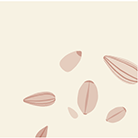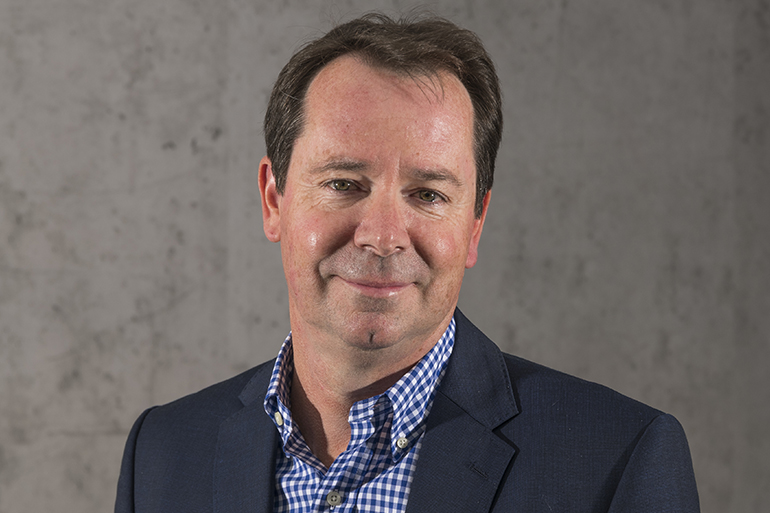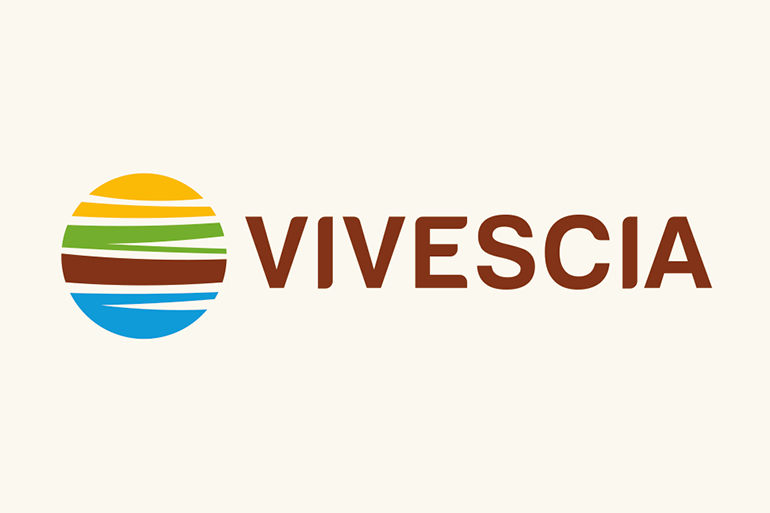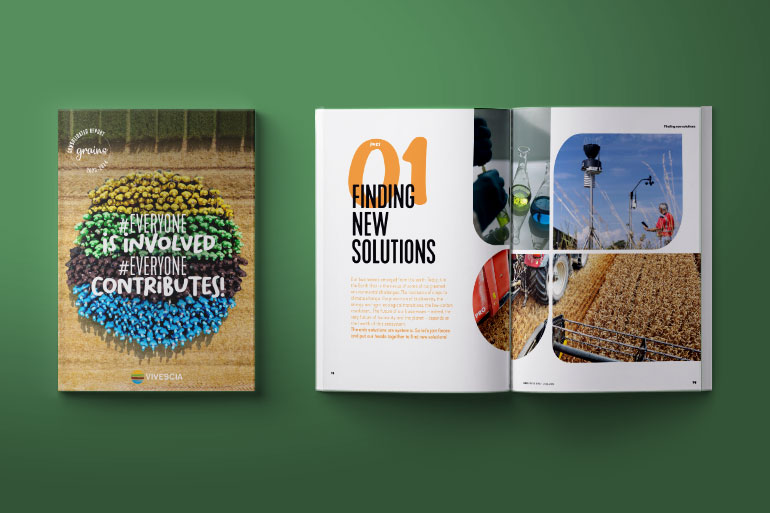Conversation on conservation farming


Where does conservation agriculture come from? What is the feedback on this practice? When Jean-Luc Forrler, a VIVESCIA agronomic engineer who specialises in soil conservation, meets Stéphane Schumacher, a farmer from the Tardenois region.
Jean-Luc Forrler - Conservation farming was originally developed in Latin America. Intensive clearing of Amazonian forests led to landslides during storms. As a result, farmers started to implement no-till farming with cover crops to keep the soil in place. In fact, we call it conservation farming because the primary objective is to conserve organic matter in the soil and natural resources such as water and the air. Nowadays, I think it's also about keeping farmers on our land…
Stéphane Schumacher - That's why I got into it! I’m based in the Tardenois region. The land here is difficult – sometimes very difficult – to work. It is very clayey. It's what we call heavy soil. The fields are also very steep with lots of stones. So the soil and climate make it difficult for us to earn a decent living as farmers. When I took over the farm in 2003-2004, I realised that if I maintained a conventional system, I didn't have great prospects as a wheat, barley, and rapeseed grower. Especially in a context of high volatility for grain prices, and increasing input and fuel costs. We had to change system.
Jean-Luc - Changing system is exactly what conservation farming constitutes. Plants and roots do the job of machines. The challenge is to find an alternative to 100%-chemical solutions, which are less and less effective, and to reduce production costs so that farmers can earn a decent living from their profession. Our experience shows that you can even increase yields if the technique is applied correctly. That's why you can't improvise with conservation farming. You need training.
Stéphane - Yes! At the start, I followed a few courses in the Lorraine region. That was where I met Jean-Luc Forrler. I continued to follow his work from afar but at the start, I was on my own.
Jean-Luc - The problem is that very few leading institutes in France took an interest in this technique. In the 90s, we tried to transpose the techniques from Brazil to France but as the climate here is very different, the trials weren't conclusive at first. For a long time, when you worked on conservation farming, you're on your own! It took me 22 years to more or less perfect a farming system that works! And there are still very few advisers capable of providing support to farmers. This technique is totally different to what farmers are used to doing. It requires great rigour: For the first three years, the crop management techniques are very very precise. So is the choice of cover crops, depending on your objectives.
Stéphane - This explains why it was a little difficult for me at the start! I even began to think that my land wasn't suited to conservation farming. Until I joined the VIVESCIAgrosol club, organised by Jean-Luc. I started going on his field trips, and I got the right advice. You mustn't stay on your own. You have to talk to others and learn from them. Conservation farming techniques cannot be applied the same way on two farms with different soil or growing conditions. You will need different cover crops with different sowing dates depending on whether your soil is heavy, clayey, loamy, or chalky. But that doesn't come automatically.
Jean-Luc - The transitional period lasts 2, 3, 4, sometimes 5 years for the soil to adapt to no-till farming. It takes time for the soil to regenerate.
Stéphane - The advantage, as a farmer, is that you really rediscover the meaning of agronomy. But once again, you need support, which the VIVESCIAgrosol club provides very well. The field trips are organised very locally, which means that the advice is suited to my soil and the local growing conditions. Personally, it helped me change gears in my approach to conservation farming. Even if I believe that I'm still in the transitional period.
Jean-Luc - Stéphane's quite right. By following the protocol for his land, he changed gears. Nowadays, conservation farming is taking off because French agriculture is faced with volatile prices, unresolvable technical problems, and insects that we can no longer get rid of. Conservation farming provides agronomic solutions to some of these economic problems. And of course, what interests us the most is the overall reduction in operating costs without compromising on yields.
Stéphane - Yes. First of all, I make savings on inputs, namely fuel, fertiliser, and plant health products. All that without reducing yields! Sometimes I even improve them. Also, with less soil disturbance, you also lose less water. Soil quality is improved. Plant emergence is generally better than my neighbours’. It is true that, with a cover crop, our fields don't look as nice as a ploughed field. We get funny looks from some farmers!
Jean-Luc - A lot of people are keeping an eye on what we’re doing though. And as we work out in the open, people can see everything we do. We can't hide anything. When other farmers walk by these fields they can't help seeing, looking; it makes them think… In any case, it leaves no one indifferent! And nowadays, I don't think there's a single farmer that doesn't know what conservation farming is.
Stéphane - Some farmers — colleagues of mine – tell me, "I'm waiting to see how it works out for you before I give it a try"! I can only encourage them to adopt this agronomic approach. And to join the VIVESCIAgrosol club! Being able to talk to an agronomic adviser with Jean-Luc’s expertise — as well as other farmers about their experience – creates real emulation. We encourage each other.
Jean-Luc - The VIVESCIAgrosol club now has 370 members. To work as closely as possible with farmers on all of VIVESCIA's territories, we have 17 groups who meet for a field trip every month. My greatest satisfaction is to see the progress accomplished in just two years by all those who have attempted the initiative. Most of them started out from scratch, and I haven’t heard many people say it didn't work out. The club's main role is to support farmers to ensure things go as smoothly as possible!
Stéphane - And it's also great to see so many young farmers at these meetings.

Soil conservation farming is an agronomic approach with a clear environmental bent, but not just that! Sure, it is based on a series of farming techniques (including no-till) that promote biodiversity and prevent erosion, but when you can produce as much or more while spending less on mechanisation and plant health products, you sustainably increase farms' profit margins.





